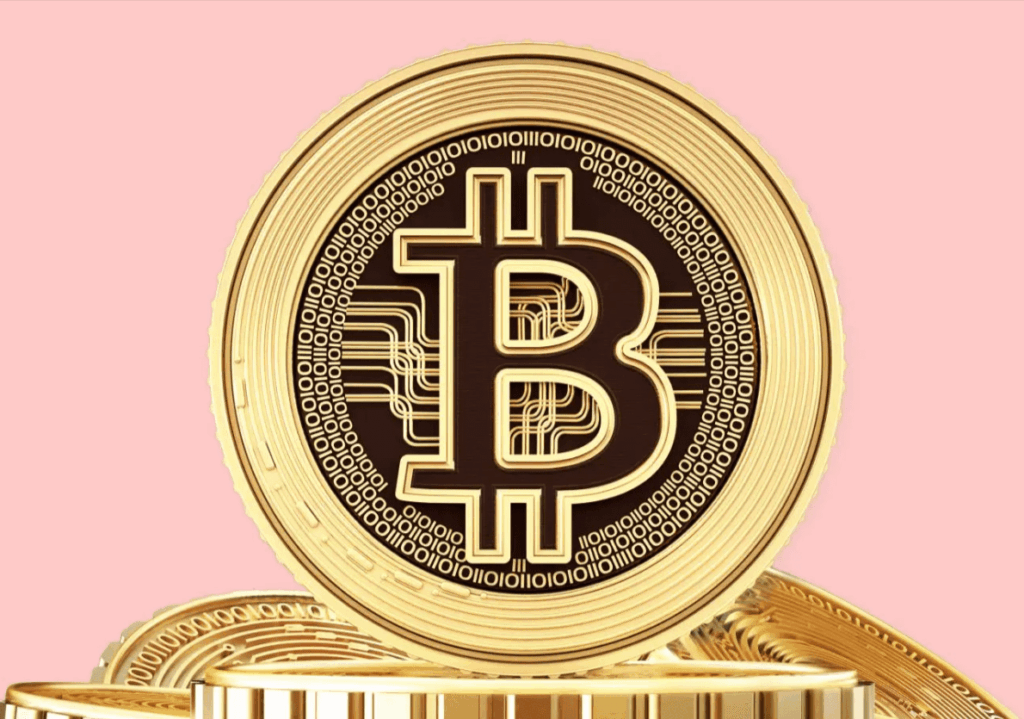Ever scrolled through a news feed and seen headlines screaming about the “bitcoin price” skyrocketing or crashing, only to feel more confused than informed? Yeah, me too. It’s easy to get caught up in the daily ticker tape, the red and green candles, and the endless speculation. But honestly, the real story behind the bitcoin price is far more fascinating than just a series of numbers. It’s a complex interplay of technology, human psychology, and global economics that’s worth digging into. Instead of just chasing the next big move, let’s peel back the layers and understand what’s actually driving this digital asset’s value. Think of it less like a stock market frenzy and more like deciphering a modern-day riddle.
The “Supply and Demand” Myth: A Deeper Dive
We hear it all the time, right? Bitcoin price goes up because demand is high and supply is low. While technically true, this oversimplification misses so much nuance. The “supply” of Bitcoin is indeed capped at 21 million coins, and new ones are created through mining at a predictable rate that halves roughly every four years (the “halving”). This scarcity is a foundational element, sure. But what about demand? That’s where it gets juicy. Demand isn’t just about how many people want to buy Bitcoin right now. It’s influenced by a swirling vortex of factors:
Institutional Adoption: Big players like investment firms and corporations dipping their toes (or diving headfirst) into Bitcoin can dramatically shift demand. When a major company announces they’re holding Bitcoin on their balance sheet, it sends ripples.
Regulatory Clarity (or Lack Thereof): Governments around the world are still figuring out their stance on Bitcoin. Clear, positive regulations can boost confidence and demand, while crackdowns can have the opposite effect. It’s a constant cat-and-mouse game.
Macroeconomic Climate: In times of high inflation or economic uncertainty, some investors see Bitcoin as a potential “digital gold” – a hedge against traditional currency devaluation. This narrative significantly impacts its appeal and, consequently, its price.
Technological Developments: Updates to the Bitcoin network itself, or the broader blockchain ecosystem, can spark investor interest and drive demand.
The Psychology of the Bull and Bear: It’s Not Just About Logic
Let’s be honest, the crypto space is heavily influenced by emotion. Fear Of Missing Out (FOMO) can send prices soaring as people rush to buy, fearing they’ll miss out on massive gains. Conversely, panic selling can accelerate downturns. This human element is something you just don’t see to the same extent in traditional assets. The sheer speed at which information (and misinformation) spreads on social media, combined with the 24/7 trading nature of Bitcoin, creates amplified emotional swings. I’ve seen this play out time and again; a single tweet or a rumor can ignite a significant price reaction, often detached from any fundamental change. Understanding this “herd mentality” is crucial if you’re trying to make sense of the bitcoin price movements.
Network Effects: The More Users, The More Valuable?
Think about social media platforms. The more people who use them, the more valuable they become, right? Bitcoin operates on a similar principle, known as network effects. As more individuals, businesses, and developers engage with the Bitcoin network, its utility and perceived value increase. This isn’t just about the number of wallets or transactions. It’s about:
Increased Liquidity: More participants mean it’s easier to buy and sell Bitcoin without significantly impacting the price.
Enhanced Security: A larger, more distributed network is inherently more secure and resistant to attacks.
Broader Acceptance: As more merchants and services accept Bitcoin, its practical use case grows, further bolstering demand. So, when you see the bitcoin price ticking upwards, it’s not just* speculation; it’s often a reflection of the growing strength and utility of the network itself.
The “Whale” Factor: Big Wallets, Big Swings
In the crypto world, “whales” are individuals or entities holding a significant amount of Bitcoin. Their trading activity can have a disproportionate impact on the bitcoin price. A large buy order from a whale can trigger a rally, while a massive sell-off can send prices tumbling. Tracking the movements of these large holders, often referred to as “on-chain analysis,” has become a popular strategy for many traders. It’s like watching the moves of chess grandmasters; you’re trying to anticipate the impact of their strategic plays. While not a perfect predictor, understanding the potential influence of these large players offers another lens through which to view price action.
What’s Next? The Future of the Bitcoin Price Narrative
Predicting the bitcoin price with absolute certainty is a fool’s errand. Anyone who claims they can is either exceptionally lucky or trying to sell you something. However, by understanding these underlying drivers – from scarcity and demand to network effects and human psychology – we can gain a much richer appreciation for what’s happening beyond the ticker. The journey of Bitcoin is still relatively young, and its price will undoubtedly continue to be volatile. But as adoption grows, regulatory landscapes evolve, and the technology matures, the narrative behind its value will likely become even more compelling.
Wrapping Up: Focus on the Foundation, Not Just the Fluctuation
My advice? Don’t get too bogged down in the daily ups and downs of the bitcoin price. Instead, focus on understanding the fundamental principles at play. Educate yourself on the technology, the economics, and the evolving global sentiment. If you’re considering investing, do it with a long-term perspective, understanding the inherent risks and rewards, and never invest more than you can afford to lose. The real value lies in grasping the “why” behind the movements, not just observing the “what.”



